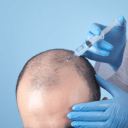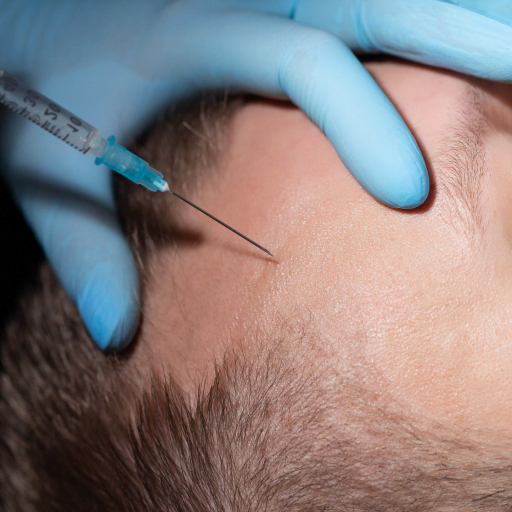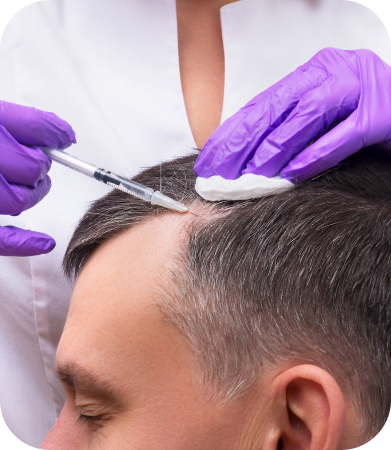In the 1980s, PRP therapy was used to help heal damaged tendons and joints. It’s also been shown effective in treating hair loss treatments such as chemotherapy-induced alopecia (hair losses caused by cancer) or menopausal hormone changes that lead women into premature balding phases.
There is not enough research on PRP for hair loss, but the results so far have been promising. It seems like this treatment can make your locks grow better – though it doesn’t always work out as planned! The studies show that when you have improved blood flow in our body due to an increase of platelets (a type cell important at delivering oxygen), then we’ll be healthier and stronger too; meaning less chances were likely going towards having greying temples later down
It has been proposed that growth factors in the blood, such as platelet-derived growth factor (PDGF), transformational cell failing collagen synthesis and VEGF can all contribute to hair return. These same compounds have also had success in other areas like skin rejuvenation where they help promote new tissue formation by encouraging cells survival.
There are a few different things that could help with thinning hair. Treatments in areas where you have more follicles may lead them to produce new growth faster, but increased blood flow would also be beneficial because it increases the amount of nutrients available for cell repair and growth-stimulating hormones like testosterone which promote healthy looking locks.
When a group of people with hair loss tried PRP, they noticed that their symptoms slowed down over time. The injections are easy and inexpensive so it makes sense as one possible explanation for why this worked.
The future of PRP for hair loss is bright, but there are many steps before we can safely say it works. The results from this small pilot study offer hope to men and women who want an alternative treatment option – more research will be needed in order make that decision easier.
PRP is a great way to grow your hair back, but it’s not the only treatment. In addition we always use PRPs in combination with FUE because that has been shown effective for wounds too.
The patient’s own PRP is used to speed up the healing process and make people feel better after surgery.
Once you have a hair transplant, it’s important to take care of the donor site and newly transplanted hairs. You should follow these instructions: spray water on your scalp when needed and let air dry; don’t wash or brush yourself with chemicals for at least one week after surgery (unless told otherwise by doctor); avoid dyeing all together until month 1 post- procedure because this can irritate healing areas around scars where pigment was taken away during procedure.
FUE hair transplants are the best option if you want a quick recovery time. PRP treatments help with healing so your life can go back to normal faster, too.


